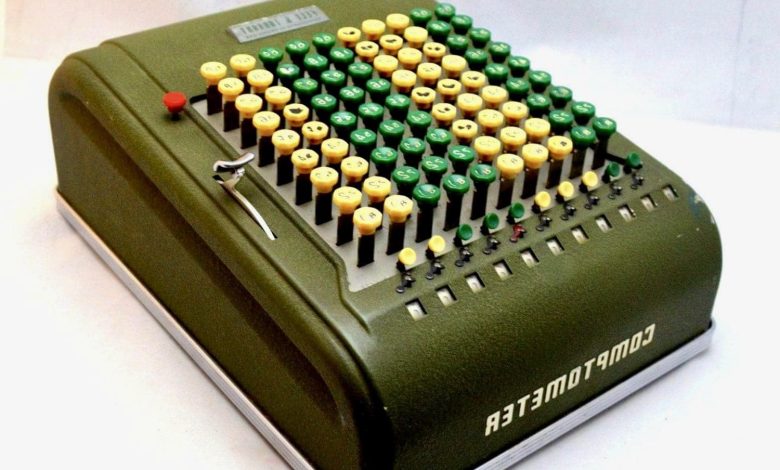The Comptometer: A Historical Marvel of Early Computing

ADVERTISEMENT
The Comptometer: A Historical Marvel of Early Computing
Introduction
In an era where digital calculators and computers dominate, it’s fascinating to look back at the early mechanical devices that laid the foundation for modern computing. One such remarkable invention is the Comptometer, a mechanical calculator that revolutionized business and accounting practices in the late 19th and early 20th centuries.
The Invention and Evolution of the Comptometer
ADVERTISEMENT
The Comptometer was invented by Dorr Eugene Felt in 1887. It was the first key-driven mechanical calculator, which distinguished it from its contemporaries. Unlike earlier calculators that required a crank or lever to operate, the Comptometer allowed users to input numbers simply by pressing keys. This innovation significantly increased the speed and efficiency of calculations.
Over the years, the design of the Comptometer evolved. Early models were made of wood, but later versions, like the one in the image, featured more durable metal casings. The keys were arranged in a grid, with each column representing a decimal place, allowing for quick and accurate entry of multi-digit numbers.
### How the Comptometer Worked
The Comptometer was designed to perform basic arithmetic operations such as addition, subtraction, multiplication, and division. Each key press would mechanically engage a series of gears and levers that would add or subtract values in the machine’s register. The results could be read directly from the display on the device.
One of the key advantages of the Comptometer was its ability to perform continuous calculations without the need for resetting. This made it particularly useful for tasks like accounting, where cumulative totals were essential.
ADVERTISEMENT
### Impact on Business and Technology
The introduction of the Comptometer had a profound impact on businesses, particularly in accounting and finance. It significantly reduced the time and effort required for complex calculations, increasing productivity and accuracy. Companies that adopted the Comptometer could process transactions and financial records much more efficiently than before.
The Comptometer also played a role in the development of early computing technology. The principles of mechanical computation used in the Comptometer laid the groundwork for later advancements in electronic calculators and computers. It demonstrated the potential of machines to perform repetitive and complex tasks, a concept that would be fully realized with the advent of digital computing.
### Conclusion
The Comptometer stands as a testament to human ingenuity and the drive to improve efficiency through technology. While it may seem primitive by today’s standards, its impact on business practices and its contribution to the evolution of computing technology cannot be overstated. The Comptometer is not just a piece of historical equipment; it is a symbol of the innovative spirit that continues to drive technological advancement.
ADVERTISEMENT
As we marvel at the sophisticated devices we use today, it’s important to remember and appreciate the pioneering inventions like the Comptometer that paved the way for our modern digital world.




